Makeup remover wipes are an essential part of any skincare routine. They are convenient, easy to use, and perfect for removing makeup quickly and efficiently. However, store-bought wipes can be expensive and often contain harsh chemicals that can irritate the skin. Fortunately, making your own makeup remover wipes is easy and affordable.

To make your own makeup remover wipes, you will need a few simple ingredients. These may include cotton pads, witch hazel, water, and your favorite essential oils. By combining these ingredients in the right proportions, you can create a gentle yet effective makeup remover that is perfect for all skin types.
There are several different methods for making makeup remover wipes, each with its own unique benefits. Some people prefer to use reusable cloth wipes, while others prefer disposable cotton pads. Whichever method you choose, it is important to use high-quality ingredients and follow the recipe carefully to ensure that your wipes are effective and safe for your skin.
Understanding Makeup Remover Wipes
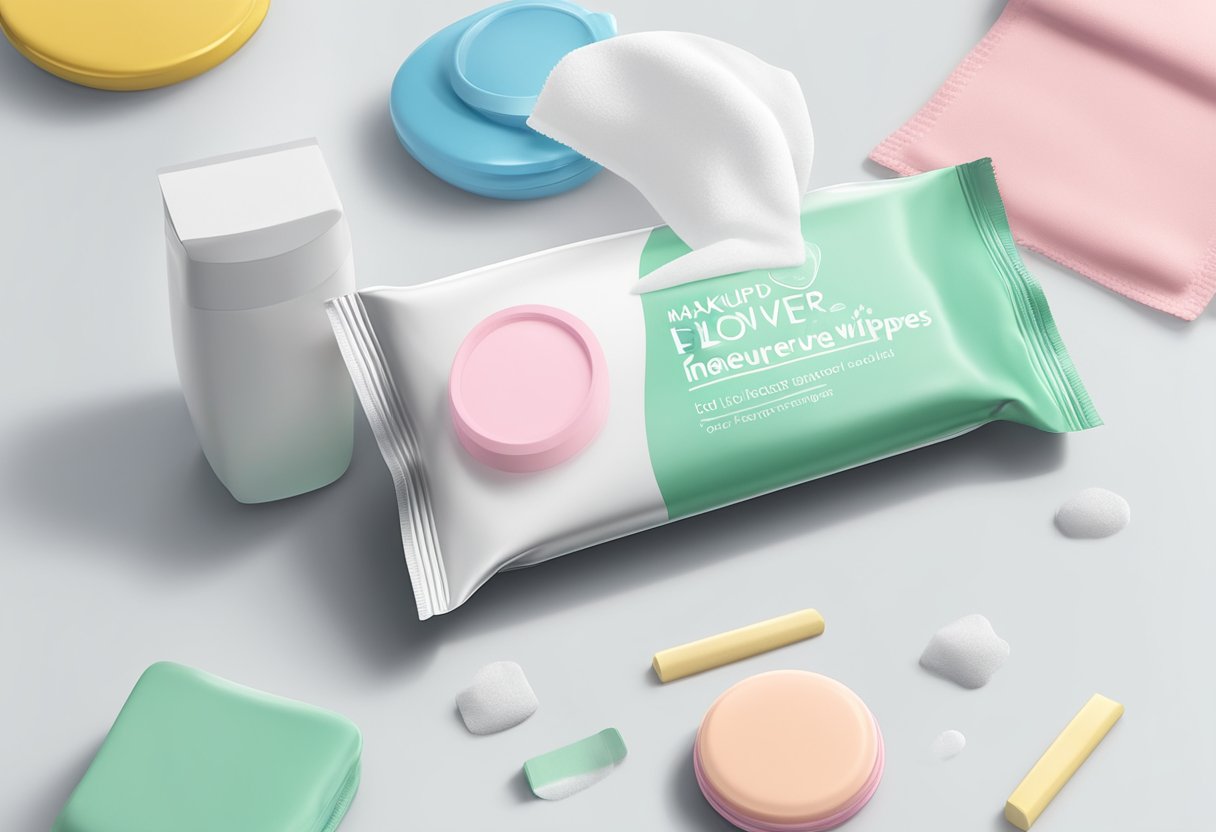
Makeup remover wipes are a convenient and easy way to remove makeup at the end of the day. They are pre-moistened and designed to be gentle on the skin while effectively removing makeup, dirt, and oil. Makeup remover wipes come in different sizes, textures, and formulas to suit different skin types and preferences.
Benefits of Homemade Wipes
Homemade makeup remover wipes offer several benefits over store-bought wipes. First, they are cost-effective and can save you money in the long run. Second, they are customizable, and you can choose the ingredients that work best for your skin type. Third, they are eco-friendly and reduce waste since you can reuse them multiple times.
Ingredients Overview
The ingredients used to make makeup remover wipes vary depending on the recipe and the desired effect. Some common ingredients include:
- Carrier oils: such as coconut oil, olive oil, or jojoba oil, which help to dissolve makeup and nourish the skin.
- Witch hazel: a natural astringent that helps to tighten pores and reduce inflammation.
- Aloe vera: a soothing and hydrating ingredient that helps to calm the skin and reduce redness.
- Essential oils: such as lavender, tea tree, or chamomile, which have antibacterial and anti-inflammatory properties and can add a pleasant scent to the wipes.
It is important to note that some ingredients may cause irritation or allergic reactions in some individuals, so it is recommended to do a patch test before using any new product. Additionally, it is important to follow the recipe and instructions carefully to ensure the wipes are safe and effective to use.
Overall, makeup remover wipes are a convenient and effective way to remove makeup, and homemade wipes offer additional benefits such as cost-effectiveness, customization, and eco-friendliness. By understanding the ingredients and benefits of makeup remover wipes, you can choose the best option for your skin type and preferences.
Gathering Your Materials
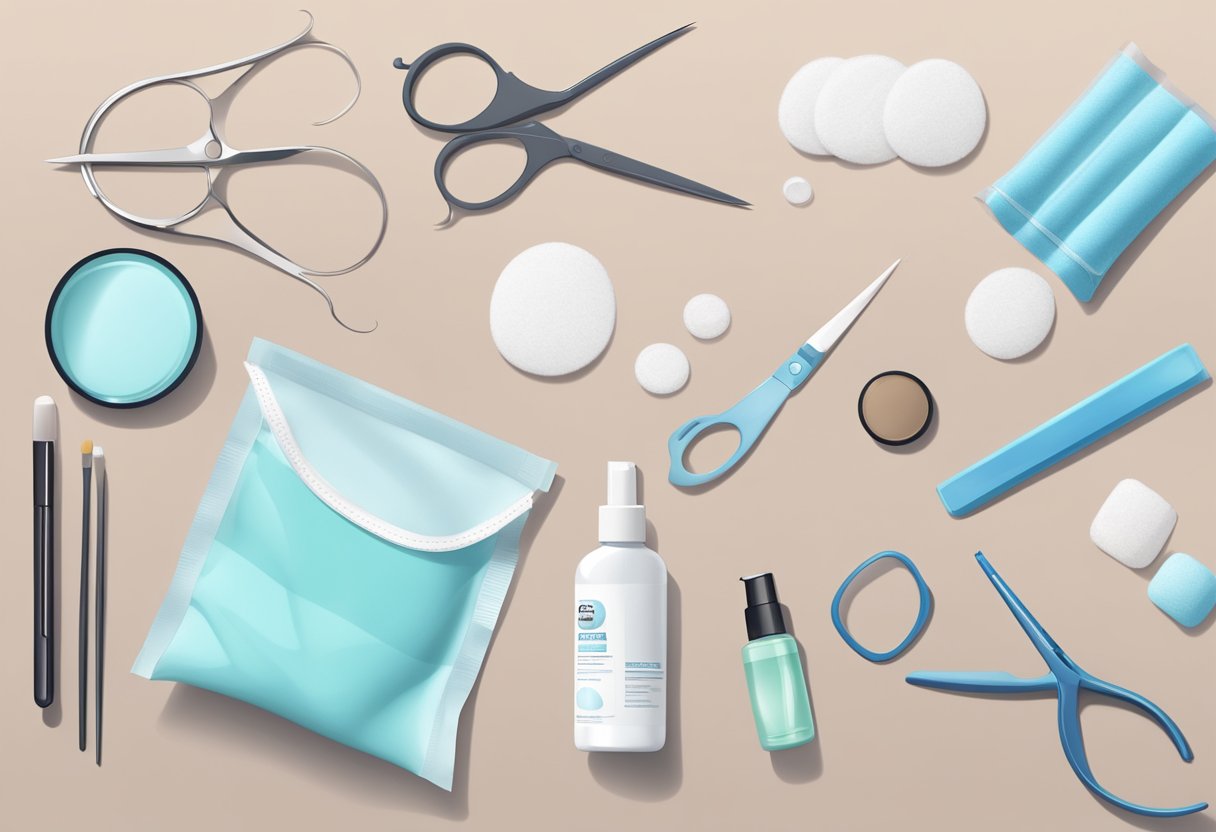
When making your own makeup remover wipes, it’s important to gather the right materials to ensure that your wipes are effective and gentle on your skin. Here are some key things to consider when gathering your materials:
Choosing the Right Fabrics
The first thing you’ll need to consider is the fabric for your wipes. Look for soft, absorbent fabrics that won’t irritate your skin. Some good options include:
-
Microfiber: This synthetic fabric is soft, absorbent, and gentle on the skin. It’s also quick-drying, which makes it a good choice for reusable wipes.
-
Cotton: This natural fabric is soft and gentle on the skin. Look for organic cotton to avoid any potential exposure to pesticides.
-
Bamboo: This natural fabric is soft, absorbent, and eco-friendly. It’s also naturally antimicrobial, which makes it a good choice for reusable wipes.
Selecting Natural Oils and Cleansers
Next, you’ll need to choose the right oils and cleansers to use in your wipes. Look for natural, gentle ingredients that will effectively remove makeup without stripping your skin of its natural oils. Some good options include:
-
Coconut oil: This natural oil is gentle, moisturizing, and effective at removing makeup.
-
Witch hazel: This natural astringent helps to cleanse and tone the skin, making it a good choice for makeup remover wipes.
-
Micellar water: This gentle cleanser is effective at removing makeup and impurities without drying out the skin.
Essential Tools and Containers
Finally, you’ll need to gather some essential tools and containers to make your makeup remover wipes. Here are some things you’ll need:
-
Scissors: To cut your fabric into the right size and shape for your wipes.
-
Sewing machine (optional): If you’re making reusable wipes, you may want to use a sewing machine to hem the edges and prevent fraying.
-
Container: To store your wipes in. Look for a container with a tight-fitting lid to prevent the wipes from drying out.
By gathering these materials, you’ll be well on your way to making your own effective and gentle makeup remover wipes.
Creating the Solution
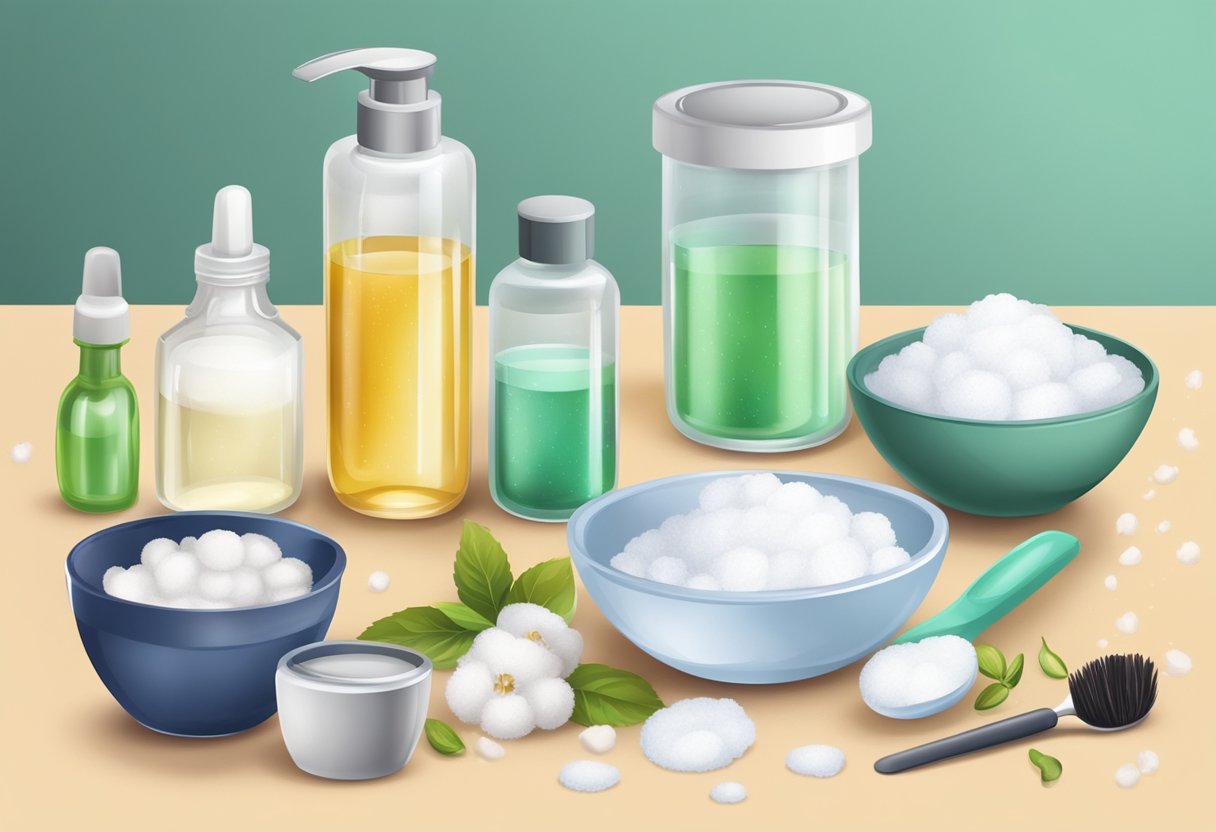
Mixing the Ingredients
To create the perfect makeup remover solution, one must gather the right ingredients. The ingredients list for a basic DIY makeup remover solution includes water and oil. One can use any oil of their choice, such as olive oil, coconut oil, or almond oil.
To make the solution, one can mix equal parts water and oil in a bowl. For example, one can mix 1/4 cup of water and 1/4 cup of oil. Then, stir the mixture well until it is completely combined.
Adjusting for Skin Types
Different skin types require different solutions. For oily skin, one can add a few drops of tea tree oil to the mixture to help control oil production. For dry skin, one can add a few drops of lavender oil to the mixture to help soothe the skin.
It is important to test the solution on a small patch of skin before using it on the entire face. If any irritation occurs, one should discontinue use immediately.
By mixing the right ingredients and adjusting for skin types, one can create a customized makeup remover solution that is perfect for their skin.
Assembling the Wipes
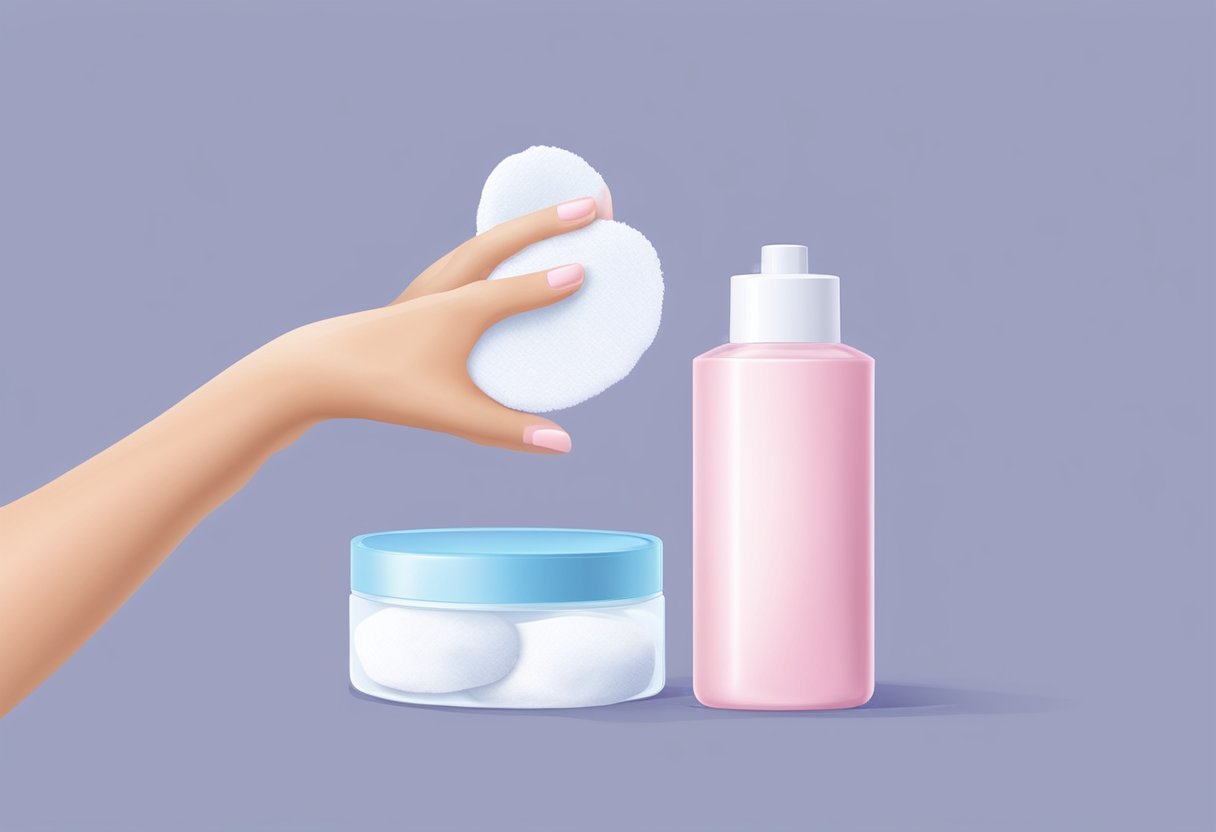
Cutting and Folding the Fabric
To make the wipes, one needs to cut the fabric into squares. Depending on the size of the wipes you want, cut the fabric into squares of 5×5 inches or 7×7 inches. It is important to use a fabric that is soft and gentle on the skin. Flannel, muslin, or microfiber fabric are good options.
After cutting the fabric, fold it in half and then fold it in half again to create a smaller square. This will make it easier to store the wipes in a container.
Layering the Wipes in the Container
Once the fabric squares have been cut and folded, it’s time to layer them in the container. Use a container that has a tight-fitting lid to keep the wipes moist. Glass jars or plastic containers with airtight lids work well.
To layer the wipes, place a few pieces of fabric at the bottom of the container and then pour the makeup remover solution over them. Repeat this process until all the fabric squares are layered in the container. Make sure to pour enough solution to saturate the fabric.
It is important to note that the amount of solution needed will depend on the size of the container and the number of fabric squares used. The recipe provided should give enough solution for about 20-30 wipes.
By following these simple steps, one can easily assemble their own makeup remover wipes at home. It’s a cost-effective and eco-friendly alternative to store-bought wipes.
Using the Wipes
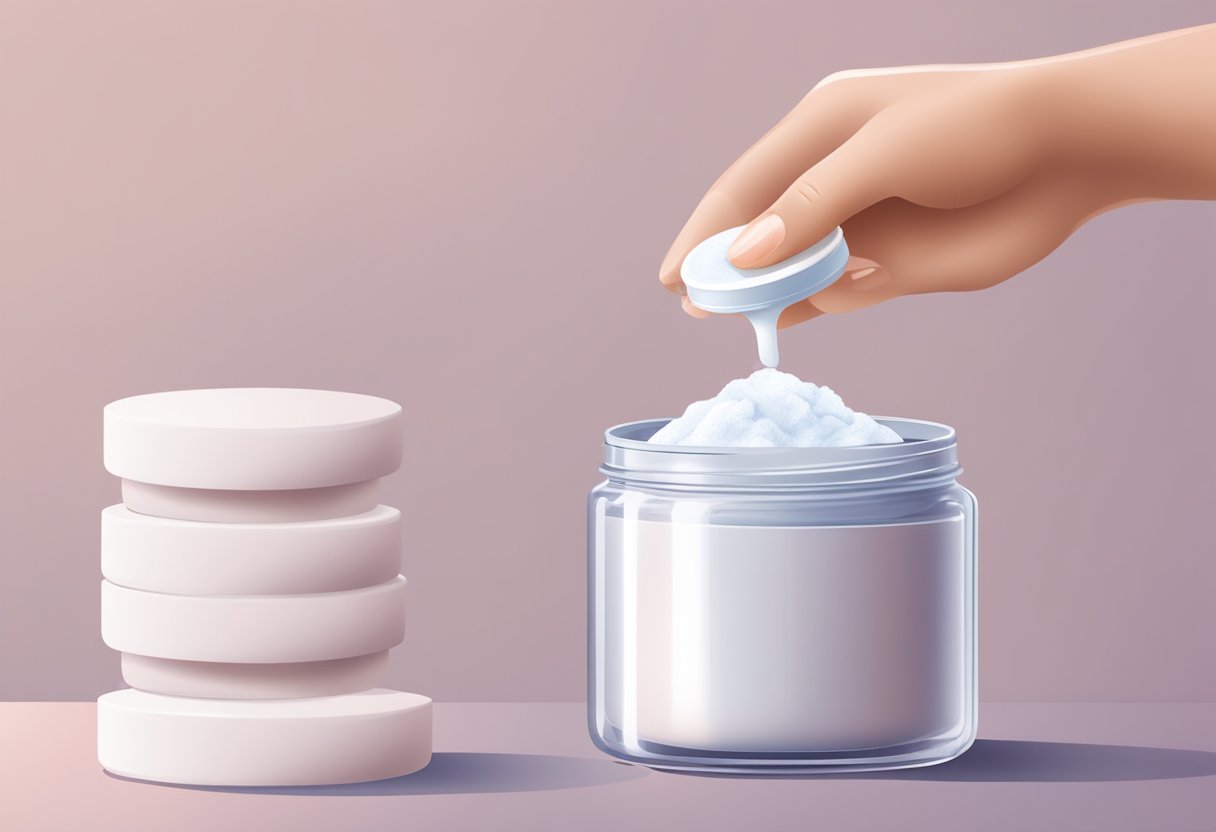
Application Technique
To use the homemade makeup remover wipes, take one wipe and gently rub it on the face to remove makeup. Start with the eyes and then move on to the rest of the face. It is important to be gentle while using the wipes to avoid irritating the skin. Use a new wipe as needed to remove all makeup.
Storage and Preservation
The homemade makeup remover wipes can be stored in an airtight container or jar to keep them fresh. If the wipes are made with reusable cloths, they should be washed after each use and allowed to dry completely before storing. It is recommended to use the wipes within two weeks of making them to ensure they are fresh and effective.
If the wipes are made with disposable materials, they should be thrown away after each use to prevent bacterial growth. The solution used to moisten the wipes should also be replaced every two weeks to ensure freshness.
Overall, using homemade makeup remover wipes is an effective and affordable way to remove makeup without harsh chemicals. By following the application technique and storage guidelines, one can enjoy the benefits of these wipes for a longer period of time.
Cleaning and Reusability
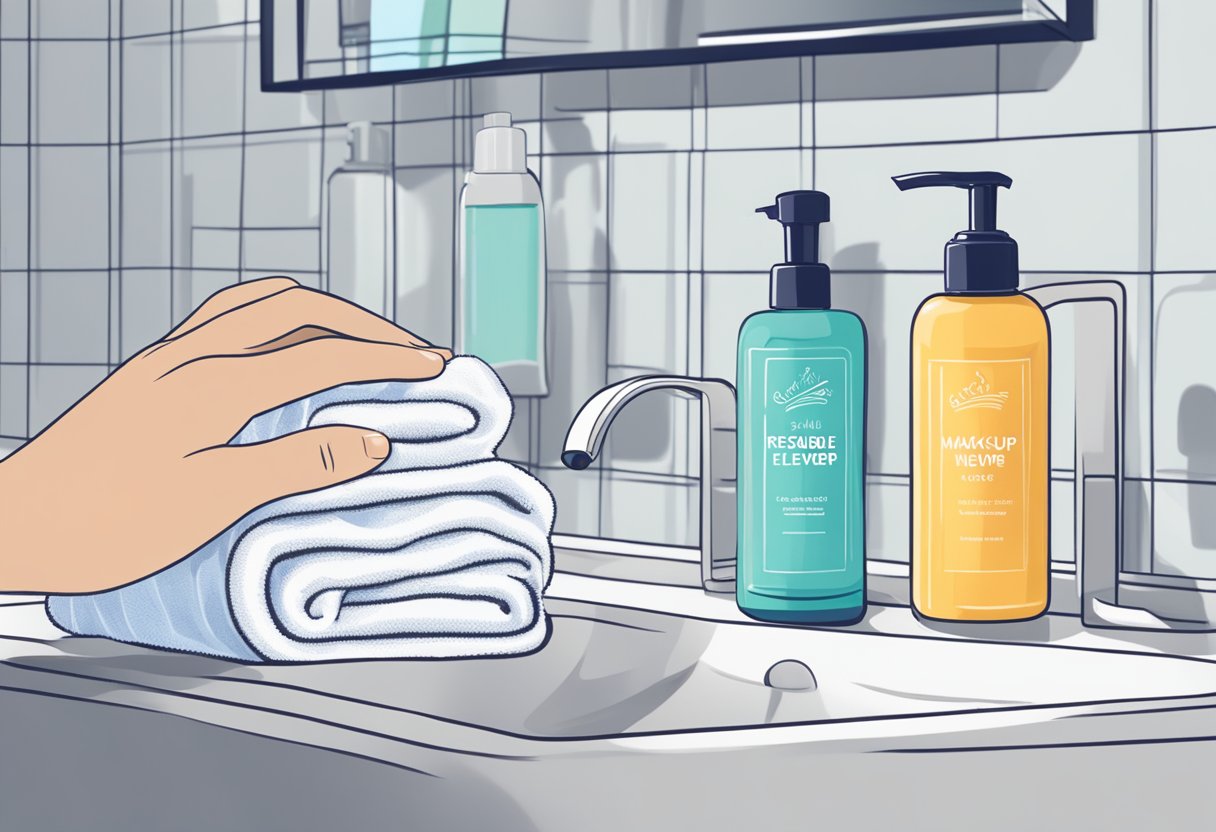
Washing Used Wipes
To maintain the effectiveness of the makeup remover wipes, it is important to wash them properly after each use. Reusable makeup remover wipes can be washed by hand or in a washing machine. If washing by hand, gently rub the wipes with a mild soap and warm water, then rinse thoroughly. If washing in a machine, place the wipes in a mesh laundry bag and wash on a gentle cycle with mild detergent. Avoid using fabric softeners or bleach, as they can damage the wipes and reduce their effectiveness.
Maintaining Effectiveness
Over time, reusable makeup remover wipes may become less effective at removing makeup. To maintain their effectiveness, it is recommended to replace them every 3-6 months, depending on usage. If the wipes begin to feel stiff or lose their softness, it may be time to replace them. Additionally, it is important to store the wipes in a clean, dry place to prevent bacteria growth and maintain their effectiveness.
By following these simple steps, you can ensure that your reusable makeup remover wipes remain effective and last for a long time. This is not only good for your wallet, but it is also an eco-friendly alternative to disposable wipes.
Frequently Asked Questions
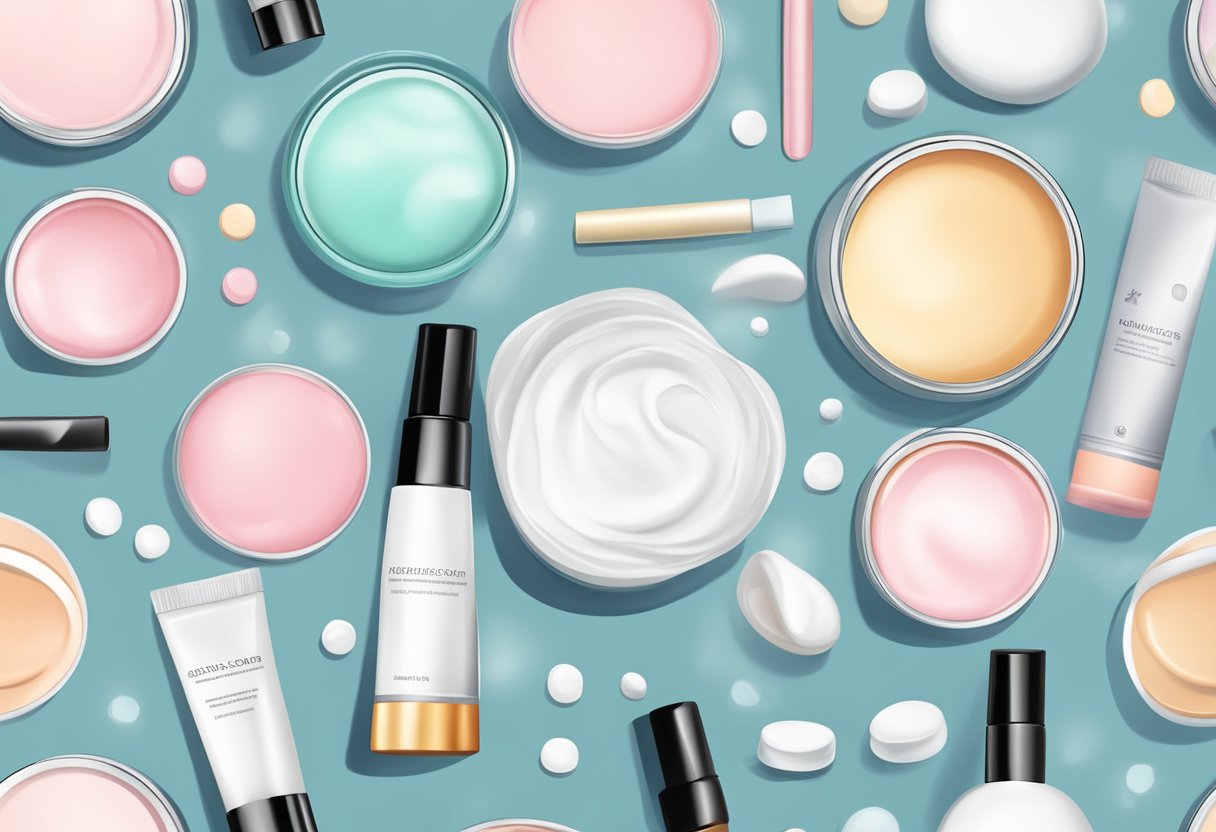
What is the most effective natural ingredient for homemade makeup remover wipes?
There are several natural ingredients that can be used to make effective makeup remover wipes. Some of the most popular options include coconut oil, witch hazel, almond oil, and jojoba oil. These ingredients are gentle on the skin and can effectively remove makeup without causing irritation or dryness.
How can I create my own makeup remover wipes using essential oils?
Essential oils are a great addition to homemade makeup remover wipes. To make your own, mix a few drops of your favorite essential oil with a carrier oil, such as coconut or almond oil. Soak cotton pads or reusable cotton rounds in the mixture and store in an airtight container. Some popular essential oils for makeup removal include lavender, tea tree, and frankincense.
Which fabric is recommended for crafting DIY reusable makeup remover pads?
When making DIY reusable makeup remover pads, it is important to choose a fabric that is soft, gentle, and absorbent. Microfiber cloths, flannel, and organic cotton are all great options. These fabrics are gentle on the skin and can effectively remove makeup without causing irritation or dryness.
Can you use micellar water to make DIY makeup remover wipes?
Yes, micellar water can be used to make DIY makeup remover wipes. Simply soak cotton pads or reusable cotton rounds in the micellar water and store in an airtight container. Micellar water is a gentle and effective makeup remover that is perfect for sensitive skin.
What are the steps to making coconut oil makeup remover at home?
To make coconut oil makeup remover at home, you will need coconut oil, witch hazel, and essential oils (optional). Melt the coconut oil in a double boiler or microwave and mix in the witch hazel and essential oils. Pour the mixture into an airtight container and store in a cool, dry place. To use, simply apply the mixture to a cotton pad or reusable cotton round and gently wipe away makeup.
How can I make no-sew reusable cotton rounds for makeup removal?
To make no-sew reusable cotton rounds for makeup removal, you will need a fabric such as flannel or organic cotton, scissors, and a circular template (such as a lid or coaster). Trace the template onto the fabric and cut out the circles. To prevent fraying, you can either sew the edges or use pinking shears. Store the cotton rounds in an airtight container and wash after each use.

